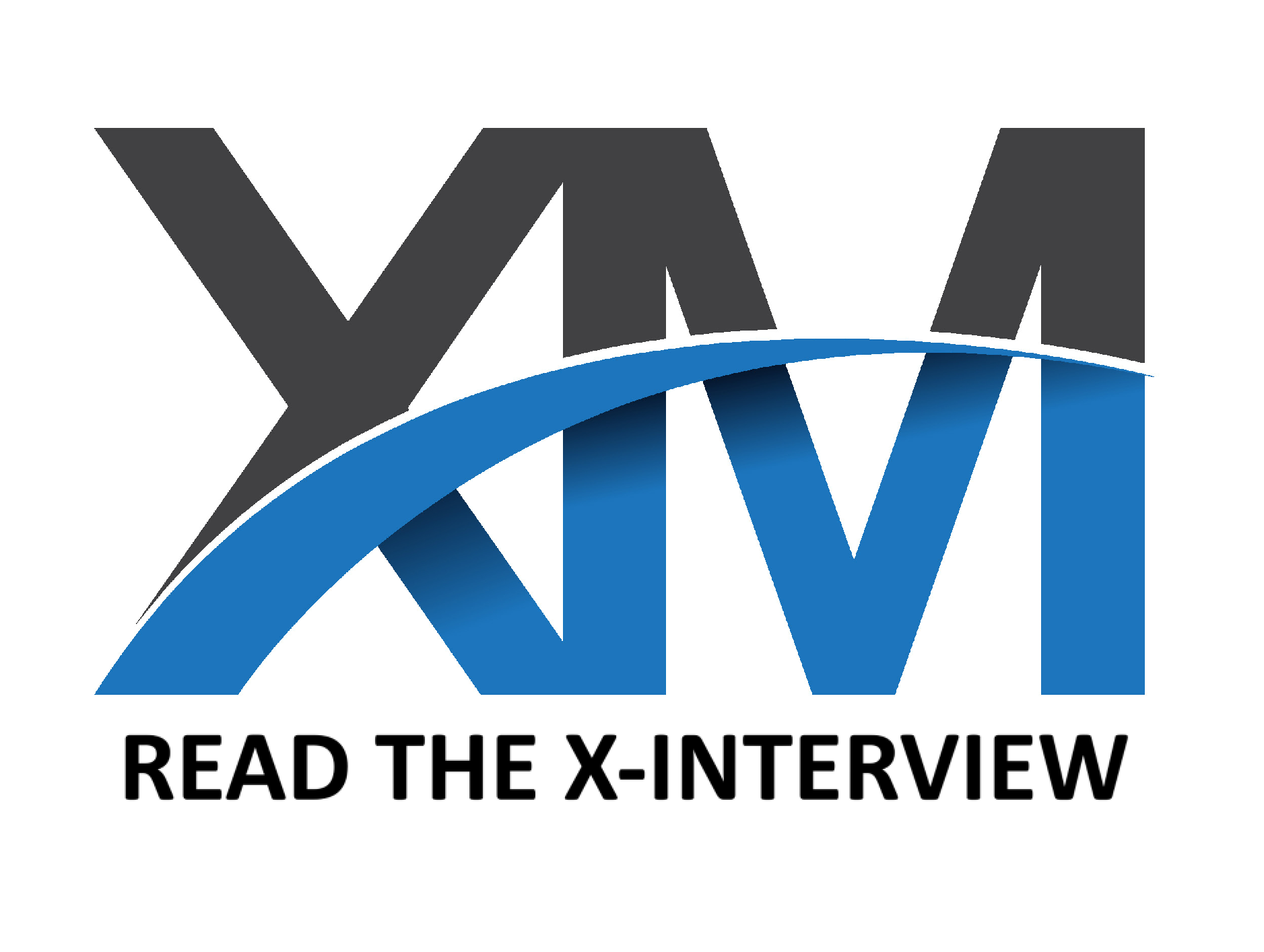Design’s shifting landscape
Robert Fabricant is Co-Founder and Partner at Dalberg Design, where he leads a multi-disciplinary studio with teams in Dakar, London, Mumbai, Nairobi, and New York to co-design solutions for global challenges, focusing on impact and inclusivity.
Robert also contributed to the book "User Friendly: How the Hidden Rules of Design are Changing the Way we Live, Work and Play," a New York Times-acclaimed work exploring the evolution of user experience design.
His career also includes key roles at frog, where he served as a Fellow and Vice President, Creative, leading major client relationships and advancing the company's social impact accelerator.
Robert has a wealth of experience in shaping creative strategy and fostering cross-functional design teams across various industries.
“ Freaking out”
In 2024, Robert wrote two articles for Fast Company that reported on some concerning trends in strategic design. In the first article, The Big Design Freak-out, he describes how a number of big companies, such as IBM and Expedia, have eliminated their top design executive positions. I asked Robert why he thought these executive design roles were being eliminated.
Here’s Robert’s response.
I would say there are a few viewpoints that have come up.
For example, there was a group of people who felt that designers were just blaming themselves for the end of easy money for a lot of tech enabled companies.
And I think it stands out as a cycle for designers and I think we're still trying to pull the lessons out of it, in terms of what it means. I think design had the potential to and, in many ways, did fill a gap. There was such a strong engineering-driven product mindset and I think design helped shift that a bit and crack that open.
But that wasn't enough, in particular, for design leaders to sustain their individual value, and still be able to point to the unique differentiator that the design leader plays.
The follow up article, Design Leaders are in their Reinvention Era, takes a broad look at emerging networks. I think the design community doesn't have a vision for this late-stage career work for continued leadership beyond the founder model that existed and dominated for so long.
And I think there's a lot of room for different types of professional networks to strengthen the mission and purpose and language we use to talk about the continued strategic role of design leadership as well as to build alliances and relationships that will drive the next layer of organizations.
“ design leadership’s value.”
The first thing I'll say is in this particular buildup of design leadership the sense I have is that the value proposition started much more with opening up new possibilities for businesses and new kind of ways of thinking about business models, particularly different demand side business models, and thinking about capacity building and collaboration with outside partners and internally.
And so, this value proposition had a lot to do with change. And to varying degrees, I think designers were able to generate buy-in for greater investment in this sort of change.
I do think that the world is changing, at least within tech firms specifically. But I would say overall for a lot of the design leaders that I talked to, they're just reacting to the fact that their roles became much more about execution and optimization.
Their skill sets, and their own identity and their own sense of purpose went through a few cycles because you can't build a big team unless you can execute in the first round or two of that. You're executing in service of owning that mandate, but that only lasts so long.
So, I do think that that there's a shift now towards execution on product, on platform, on service which is not lead by design teams specifically.
“ a clearer playbook for culture change.”
The conversations I had were a lot about organizational change and culture change within organizations.
It seemed like some design leaders, particularly successful ones, had started to develop approaches for how to drive these sorts of changes. But it had all been kind of bespoke learning by the individual.
We didn’t really have a playbook for it as creatives. And I think that was one of the things that set us back pretty quickly.
Particularly in some of the leadership transitions I have written about and some of the different org business cycles that have happened over the last 10 years, even during the initial run up.
There was a lack of a playbook.
There was too much faith in a certain kind of creative theater and inspiration to drive and sustain change.
So, I think it would be great if what came out of this diaspora was a clearer playbook for culture change within a design-led organization.


